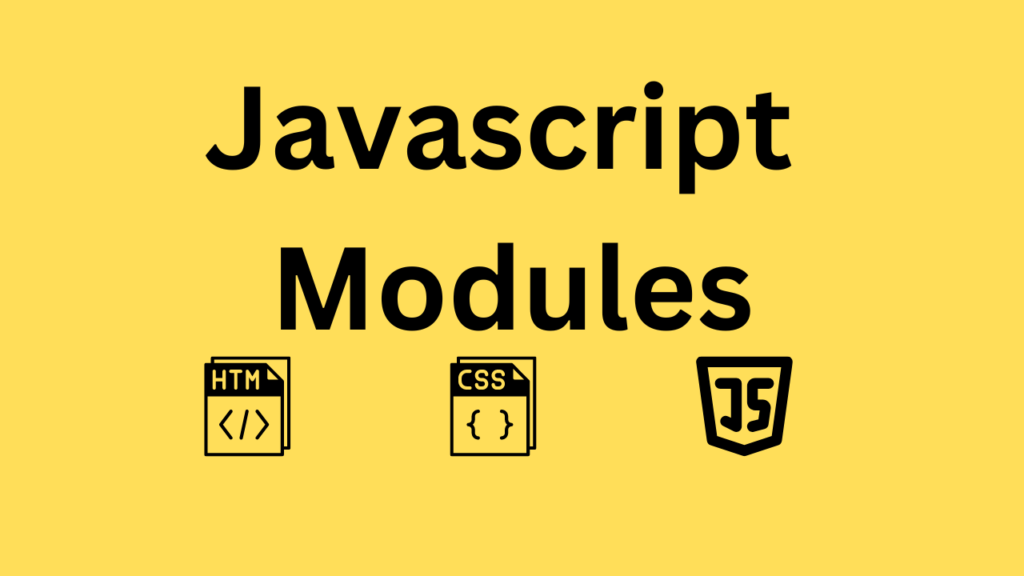Javascript Modules
As JavaScript applications grow in complexity and size, the need for modular code becomes increasingly important. JavaScript modules provide a way to organize, encapsulate, and reuse code, resulting in cleaner and more maintainable projects. In this article, we’ll explore the concept of JavaScript modules, understand their benefits, and learn how to use them effectively.
What are JavaScript Modules?
In simple terms, a module in JavaScript is a self-contained piece of code that can be imported and exported to and from other modules. It allows developers to split their code into separate files, each responsible for a specific functionality, and then combine them to form a cohesive application. Modules enable code encapsulation, prevent naming conflicts, and promote code reuse across different projects.
JavaScript modules allow you to break up your code into separate files.
This makes it easier to maintain a code-base.
Modules are imported from external files with the import statement.
Modules also rely on type=”module” in the <script> tag.
<script type=”module”>
import message from “./message.js”;
</script>
Export
Modules with functions or variables can be stored in any external file.
There are two types of exports: Named Exports and Default Exports.
Named Exports
Let us create a file named person.js, and fill it with the things we want to export.
You can create named exports two ways. In-line individually, or all at once at the bottom.
In-line individually:
person.js
export const name = “Jesse”;
export const age = 40;
All at once at the bottom:
person.js
const name = “Jesse”;
const age = 40;
export {name, age};
Default Exports
Let us create another file, named message.js, and use it for demonstrating default export.
You can only have one default export in a file.
Example
message.js
const message = () => {
const name = “Jesse”;
const age = 40;
return name + ‘ is ‘ + age + ‘years old.’;
};
export default message;
Import
You can import modules into a file in two ways, based on if they are named exports or default exports.
Named exports are constructed using curly braces. Default exports are not.
Import from named exports
Import named exports from the file person.js:
import { name, age } from “./person.js”;
Import from default exports
Import a default export from the file message.js:
import message from “./message.js”;

